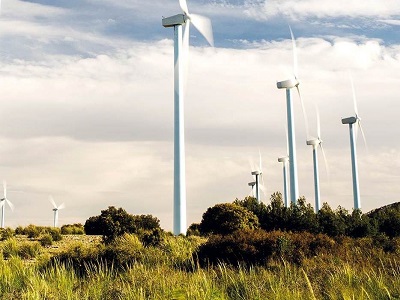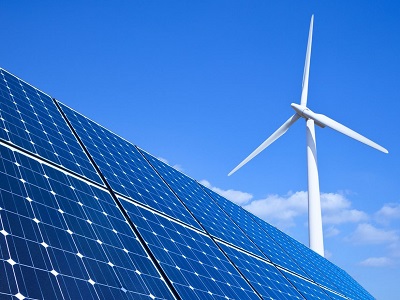- Details
Why go small when you can go big in committing your multilateral development institute to concur climate change? This is the exact intent of nine presidents of major financial institutions, amongst them the African Development Bank, the World Bank Group*, the New Development Bank and the Asian Infrastructure Investment Bank. They all gave their vows to the international community in an article entitled “A Truly Global Response to Climate Change” released in mid-December 2017. Stating that “Today’s political climate is uncertain. But climate change is not”, the presidents declared their intent to tackle climate impact with monetary measurements and commitments on various levels. This could be summarized as ensuring the world that they and their clients will put climate actions at the center of attention and the forefront of what they engage in.
- Details
Blog post by Bloomberg New Energy Finance (BNEF) published November 29, 2017
In recent times, the world has experienced an exponential increase in solar-powered generating capacity, especially in emerging markets such as China and India. The reasons for this rapid development exists due to low-priced equipment and improved technologies now reaching millions of people. As reported by Bloomberg New Energy Finance, solar capacity grew by 54% year-on-year, and over a three-year period it has more than tripled. The capacity rate achieved during 2016 alone would in fact meet the electricity demands of 45 million households, or cover the demands for each family in a country such as Peru. As may be expected, China has the lion’s share of the increased capacity with an additional 27 GW. However, India qualify themselves as number two in this race with an added 4.2 GW during 2016. Countries such as Mexico, Brazil and Pakistan doubled their installed solar-powered capacity.












